Top Text-to-Speech Tools for E-Learning Platforms
Text-to-speech (TTS) tools are essential for e-learning, offering audio versions of text to improve accessibility, engagement, and multilingual support. Here's a quick summary of the top TTS tools:
- Amazon Polly: Scalable, multilingual support for large institutions.
- DubSmart: Voice cloning and subtitle generation for content localization.
- Speechify: OCR for converting physical textbooks into audio.
- WellSaid Labs: Customizable AI voices for consistent branding.
- NaturalReader: Converts PDFs and eBooks into audio for accessibility.
Quick Comparison
| Tool | Best For | Key Features | Pricing Model | Language Support |
|---|---|---|---|---|
| Amazon Polly | Large institutions | Natural voices, SSML support | Pay-per-use | 60+ languages |
| DubSmart | Content localization | Voice cloning, multilingual dubbing | From $19.9/month | 70+ languages |
| Speechify | Document conversion | OCR, lifelike voices | From $11.58/month | 20+ languages |
| WellSaid Labs | Voice branding | AI-driven voice customization | Custom pricing | 20+ languages |
| NaturalReader | Accessibility | OCR, supports multiple formats | Subscription-based | 20+ languages |
These tools enhance learning by making content more accessible, engaging, and inclusive. Choose based on your needs, budget, and technical requirements.
Benefits of Using Text-to-Speech in E-Learning
Improving Accessibility
Text-to-speech (TTS) tools play a key role in creating inclusive digital learning environments. They allow visually impaired students to access written materials and support those with challenges like dyslexia. For example, NaturalReader includes features specifically designed for learners with dyslexia, ensuring it caters to a wide range of needs.
Boosting Engagement and Comprehension
Modern TTS solutions provide lifelike audio that helps maintain learners' attention. Features such as synchronized animations and word highlighting create an interactive, multi-sensory experience that improves understanding and memory.
"Many learners need to hear learning content." - Amy Foxwell, Global Marketing Director for Education, Publishing, and Accessibility at ReadSpeaker
These tools are now a must-have for online and hybrid learning setups. Their natural-sounding voices make it easier for students to connect with the material, offering a delivery style that feels close to human speech.
Supporting Multilingual Learning
In a global education landscape, breaking language barriers is essential. Top TTS platforms address this by offering extensive language options. For instance, Amazon Polly covers over 60 languages, while Microsoft's Speech Studio provides voices in 110 languages. These features are invaluable for international students, language learners, and institutions delivering courses worldwide.
Now, let’s dive into the leading TTS tools that bring these features to e-learning platforms.
Best Text-to-Speech Tools for E-Learning
Amazon Polly
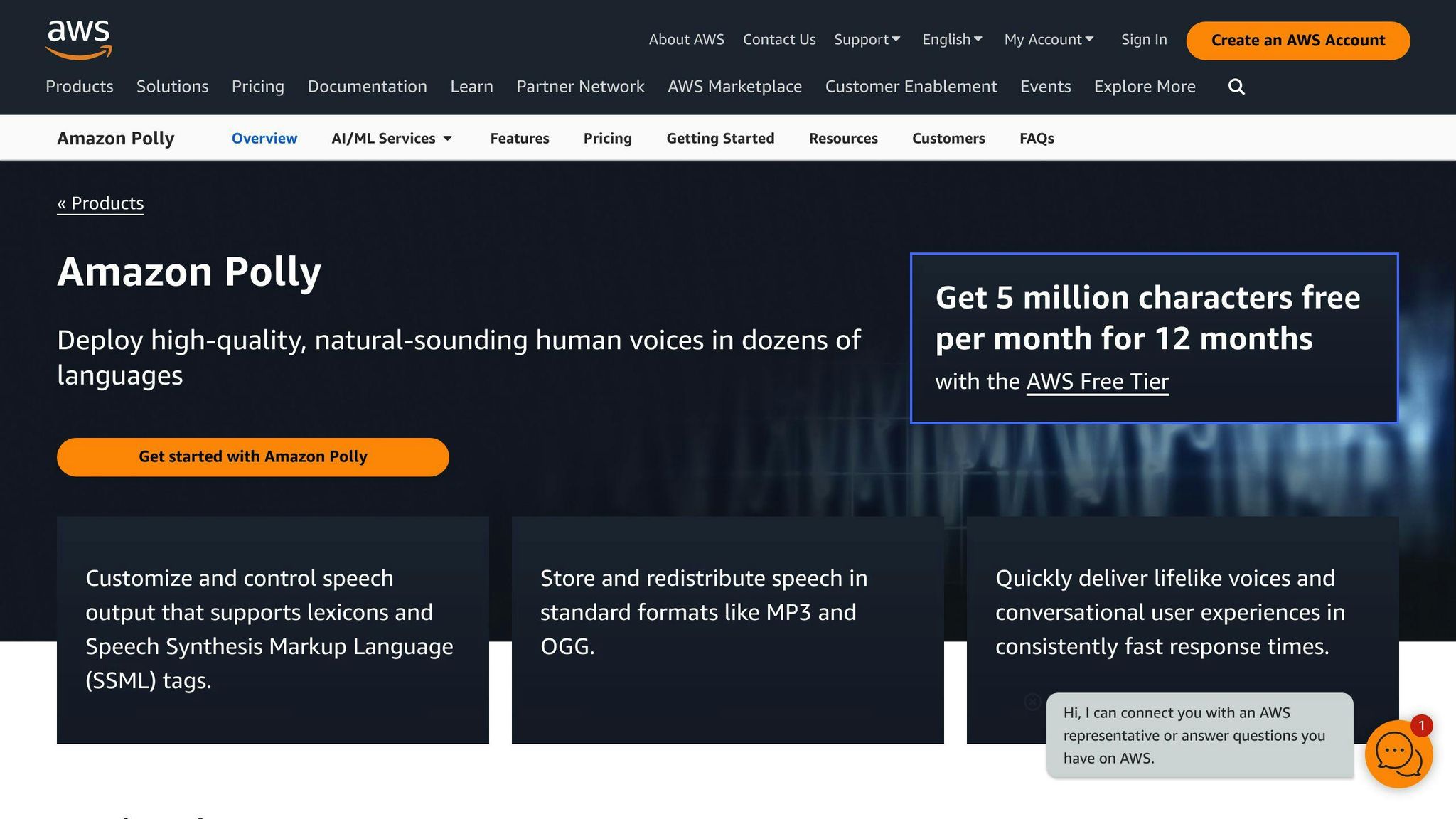
Amazon Polly offers a wide range of natural-sounding voices and supports multiple languages, making it ideal for creating engaging learning content. It includes features like synchronized animations and provides both male and female voice options. With its character-based pricing model, educational institutions can scale usage according to their needs.
DubSmart
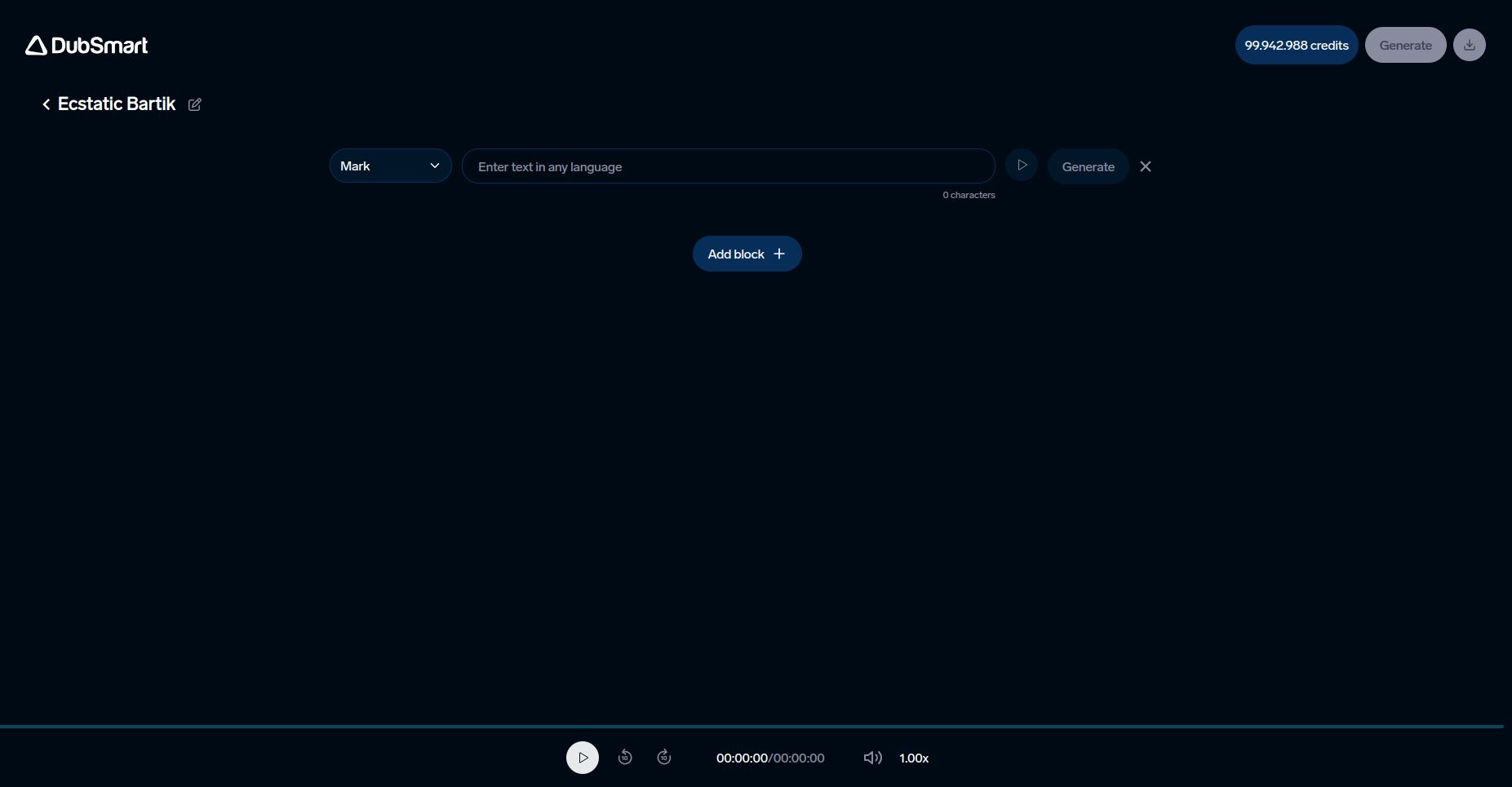
DubSmart simplifies content localization with features like voice cloning, multilingual text-to-speech, and subtitles in over 70 languages. Its flexible pricing plans range from free trials to enterprise options. The Standard plan, priced at $49.9/month, includes 150 minutes of processing time. Additional tools like voice cloning and speech-to-text enhance personalized learning experiences.
Speechify
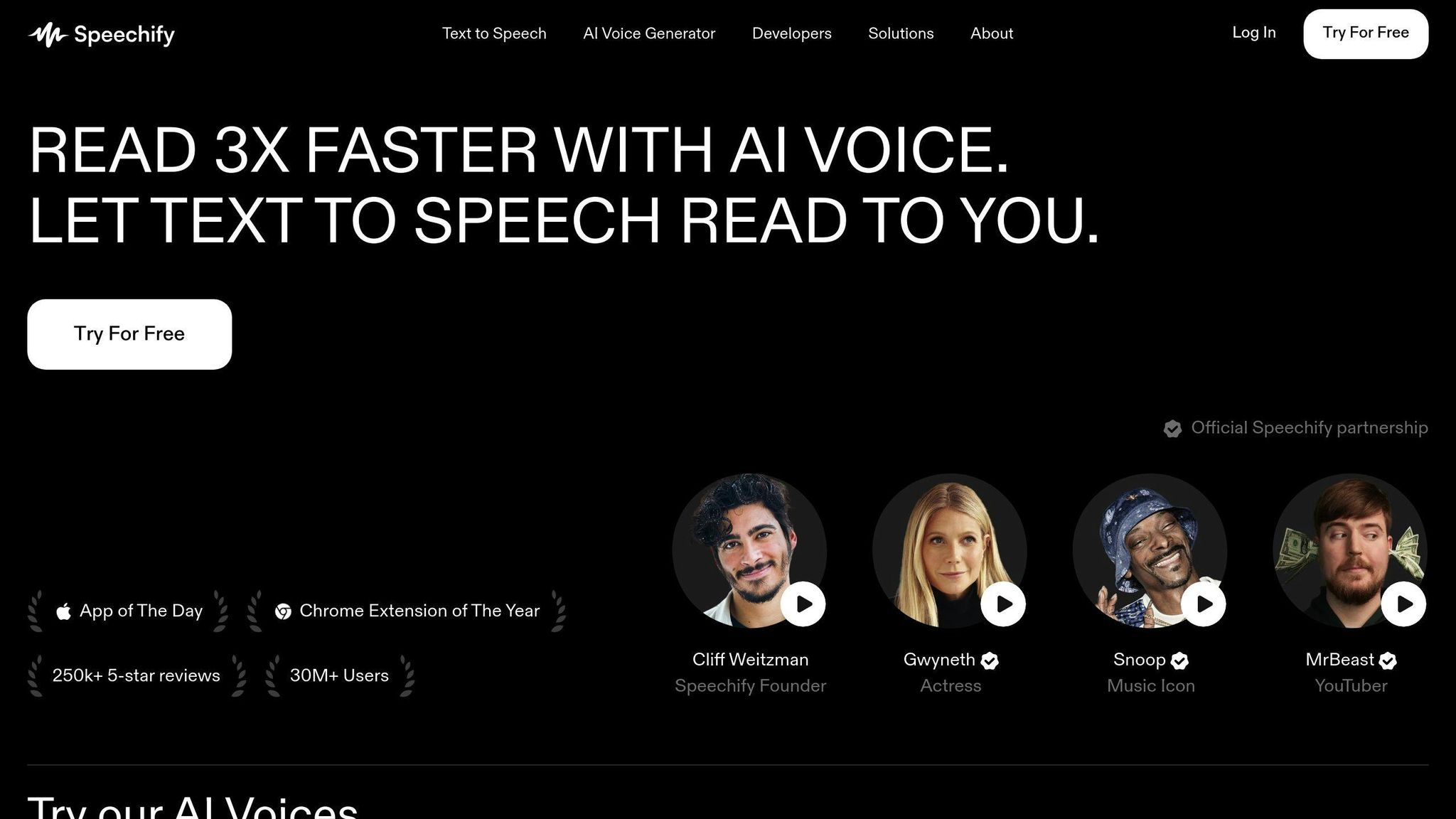
Speechify uses OCR technology to transform textbooks into audio, seamlessly connecting physical and digital learning materials. Its lifelike voices, including some celebrity options, make learning more engaging for students.
WellSaid Labs
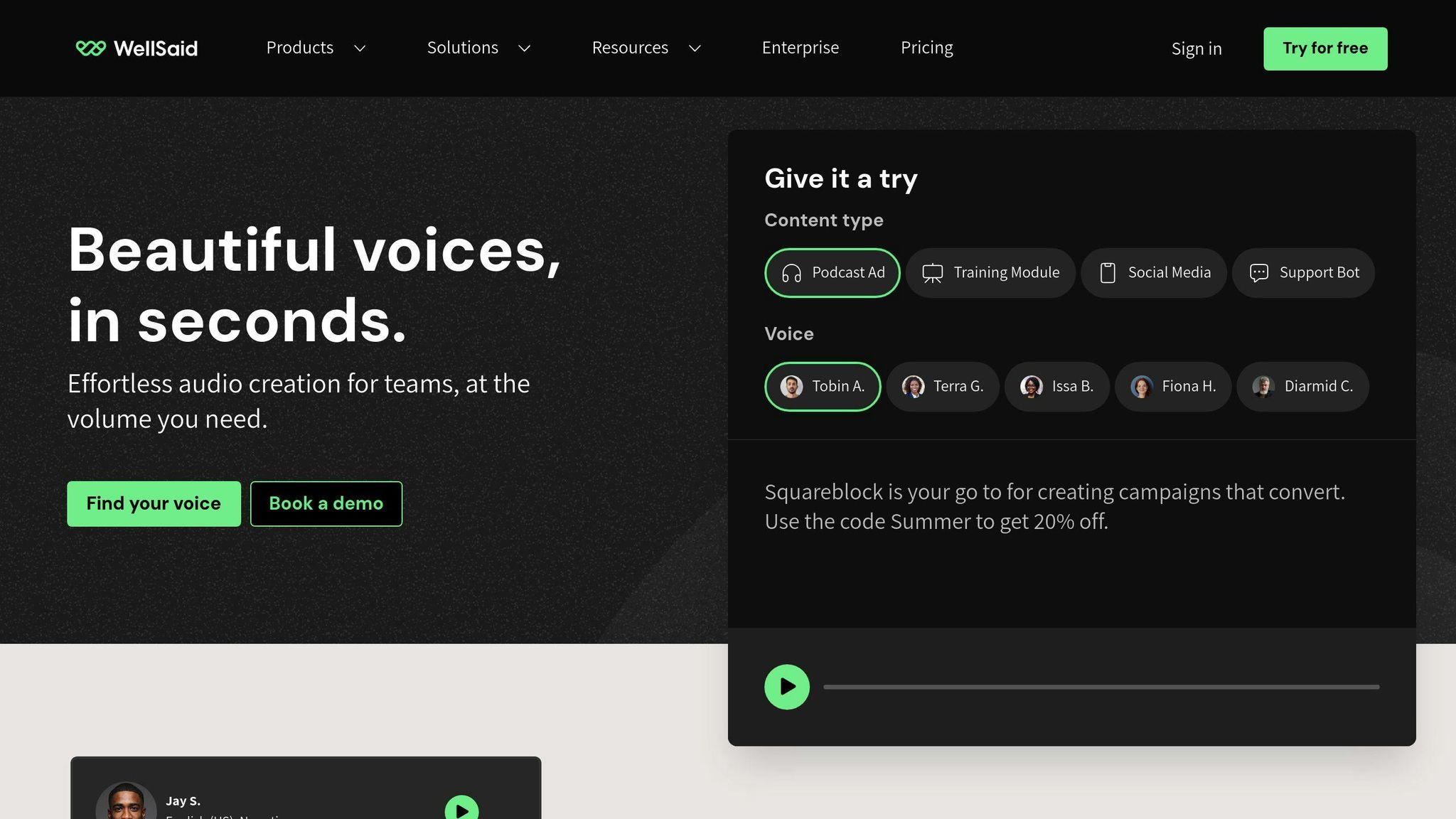
WellSaid Labs specializes in real-time text-to-speech with AI-powered voice customization. This enables consistent voice branding and supports various voice styles, genders, and emotional tones, making it a great choice for creating diverse educational content.
NaturalReader
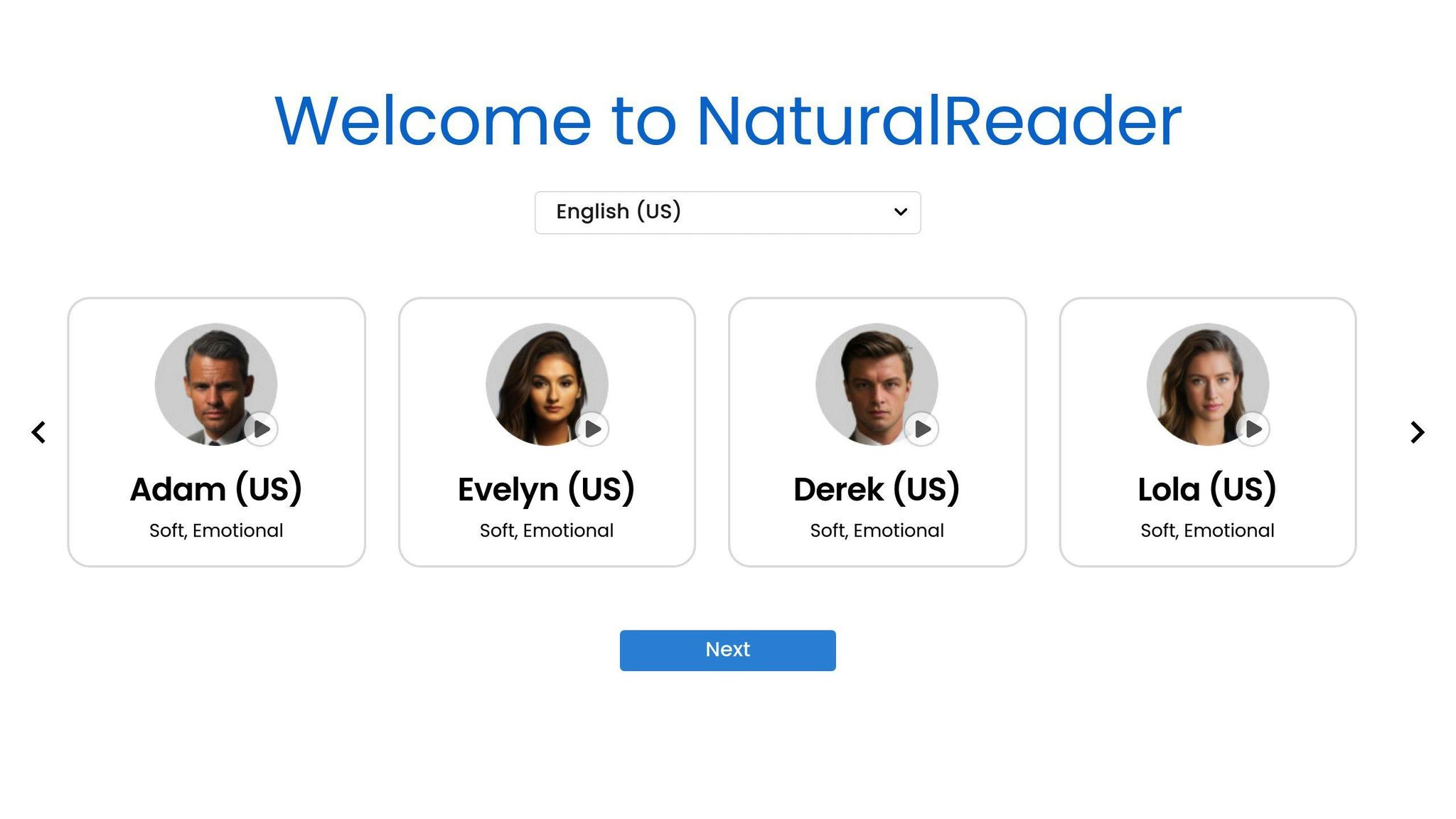
NaturalReader converts PDFs, scanned documents, and eBooks into MP3 audio files. Its OCR functionality supports multiple document formats, including PDF and Docx. This makes it a practical tool for improving accessibility.
| Feature | Best For | Key Benefit |
|---|---|---|
| Amazon Polly | Large Institutions | Multilingual support at scale |
| DubSmart | Content Localization | Voice cloning and multilingual dubbing |
| Speechify | Document Conversion | OCR for physical text conversion |
| WellSaid Labs | Brand Consistency | Customizable AI-driven voice creation |
| NaturalReader | Accessibility | Supports multiple document formats |
sbb-itb-f4517a0
Comparing the Top Tools
Features and Pricing Overview
Choosing the right text-to-speech (TTS) tool for e-learning starts with understanding the features and pricing models available. Here's a quick comparison:
| Tool | Features & Target Users | Pricing Model | Language Support |
|---|---|---|---|
| Amazon Polly | Designed for large institutions, offering SSML support and lifelike voices | Pay-per-use | 30+ languages |
| DubSmart | Geared toward content creators with voice cloning and subtitle generation | Tiered plans starting at $19.9/month | 33 languages |
| Speechify | Ideal for individual learners, with OCR and PDF reading capabilities | Plans from $11.58/month | 20+ languages |
| WellSaid Labs | Built for professional teams needing real-time collaboration | Custom pricing | 20+ languages |
| NaturalReader | Focused on accessibility, supporting various document formats | Subscription-based | 20+ languages |
"The solution is to choose a text-to-speech provider that offers licensed pricing, which controls for unexpected usage changes. But that model may only apply to text-to-speech tools you embed in a learning management system or online platform." - Amy Foxwell, Global Marketing Director for Education at ReadSpeaker
Now that the features and costs are clear, let’s dive into how to pick the right tool.
How to Choose the Right Tool
Budget Considerations
Look for pricing models that align with your usage. Licensed pricing can help manage unexpected costs. Many tools also offer free trials - take advantage of these to test features before making a commitment.
Technical Requirements
Check whether the tool integrates smoothly with your platform, supports the file formats you need, and offers customizable voice options. These factors can significantly impact usability.
Usage Needs
Think about how much content you’ll produce and how often you’ll use the tool. Since the rise of e-learning during the COVID-19 pandemic, scalable and accessible TTS tools have become essential for educators and institutions. For instance, WellSaid Labs offers advanced customization for multi-course content, ensuring consistent quality. DubSmart, with support for 33 languages and subtitle generation in over 70, is a great choice for multilingual projects.
When it comes to voice quality, Speechify's Premium plan includes access to 30+ voices and supports 20+ languages. This makes it a strong option for creating diverse and engaging educational content. By weighing these factors, educators can find a TTS tool that not only fits their technical needs but also improves accessibility and engagement in e-learning.
Wrapping Up
Text-to-speech (TTS) technology has become a game-changer for e-learning, helping make educational content more accessible, interactive, and available in multiple languages.
When choosing a TTS solution, there's something for every budget and scale. For instance, Amazon Polly offers robust features on a pay-as-you-go basis, catering to larger organizations. On the other hand, platforms like Speechify provide cost-effective options, starting at $11.58 per month, ideal for individual learners or smaller institutions.
"The correlation between online learning and demand for text-to-speech shouldn't come as a surprise"
This technology plays a crucial role in creating learning environments that suit a wide range of needs and preferences. To pick the right tool, focus on these key factors:
- Voice Quality and Personalization: Look for natural, lifelike voices and options to tailor them to your needs.
- Technical Compatibility: Ensure the tool supports the languages and platforms you need.
- Cost and Usage: Match the pricing model to your usage patterns and budget.
Whether you're an educator, content developer, or institution, today's TTS tools offer features that can transform your e-learning content. They provide the resources to make learning more accessible and engaging for students everywhere.
Ultimately, the right TTS tool is one that aligns with your technical needs, supports your educational goals, and fits your budget. By considering these factors, you can choose a solution that elevates your e-learning efforts and enhances student engagement.
FAQs
Here are some answers to common questions about text-to-speech technology and how it can help students with their studies.
What is the best text-to-speech AI for students?
Speechify is a popular choice for students. It offers OCR (optical character recognition) to turn physical textbooks into audio, along with realistic voice options, including some celebrity voices. This can make studying more engaging, especially for the one-third of students who learn best through listening.
For students with learning challenges like dyslexia (which affects about 20% of people), Speechify and similar tools provide helpful features like synchronized text highlighting, adjustable reading speeds, and cross-platform functionality.
What is the best text-to-speech AI for studying?
The ideal text-to-speech tool for studying depends on your learning style and budget. Speechify is highly regarded for its wide range of features, including OCR capabilities, making it a strong choice for academic use. For those looking for a more affordable option, Amazon Polly offers a pay-as-you-go model that can be easier on the wallet.
When choosing a TTS tool, look for natural-sounding voices, support for multiple languages, compatibility with your devices, and features that improve accessibility. These tools can boost study efficiency and help keep students more engaged.
The best tool ultimately depends on individual needs, but the options mentioned here can greatly improve the learning process.
